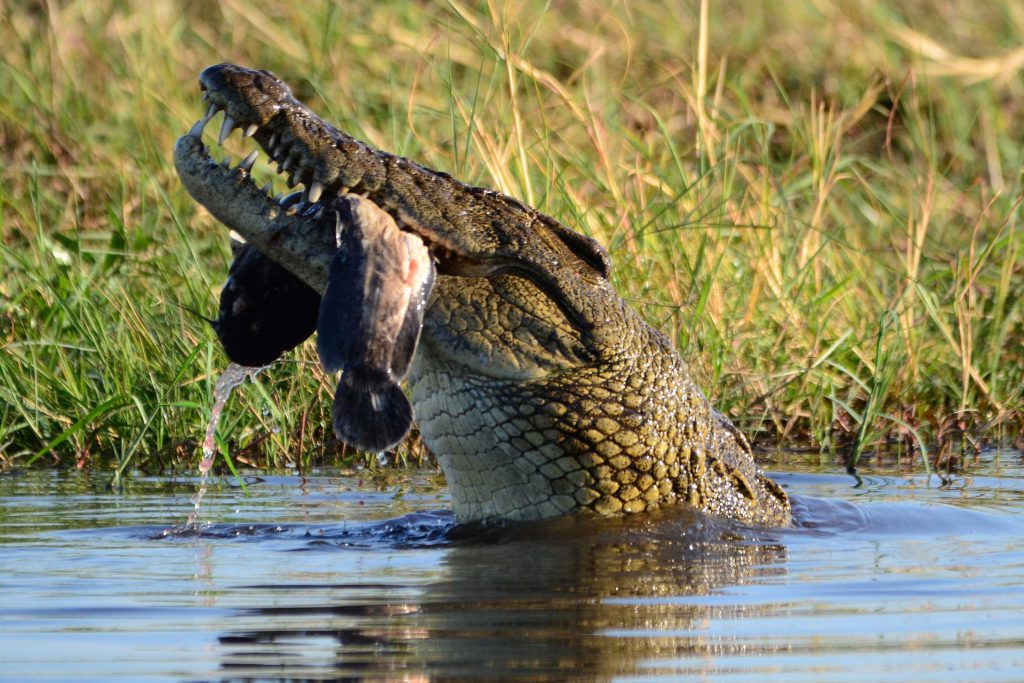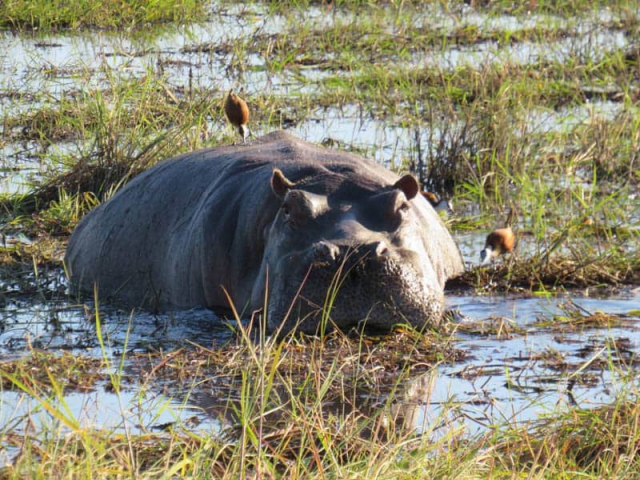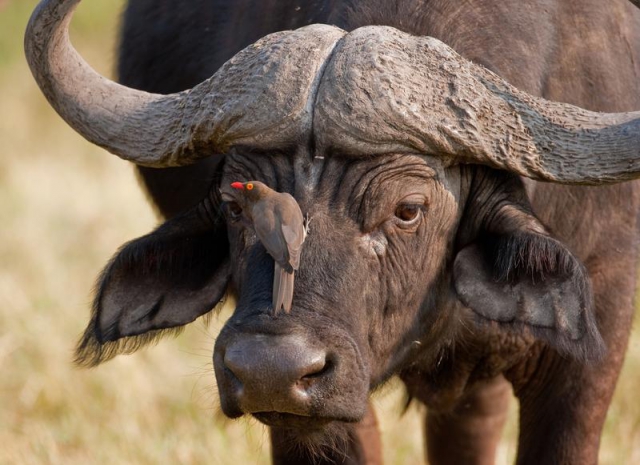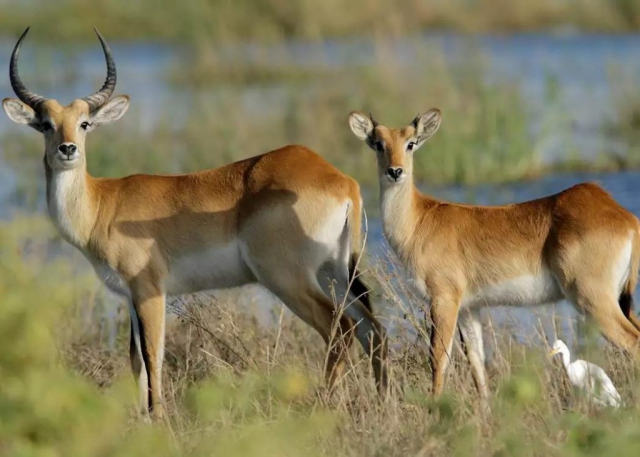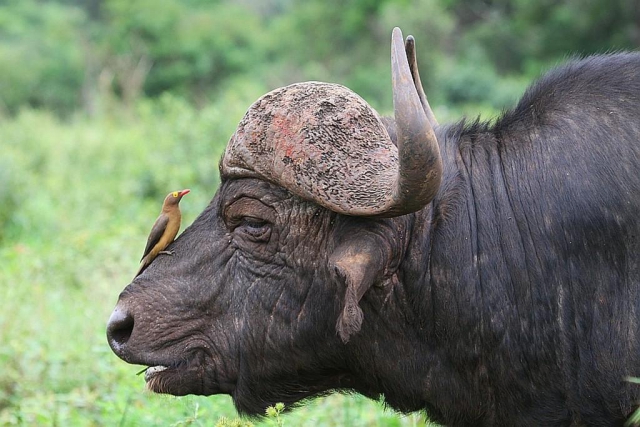Content
Located in northern Botswana, Chobe National Park is a gem of African biodiversity. Covering an area of approximately 11,700 square kilometers, it is the third-largest park in the country and one of the most notable tourist destinations in Africa.
Historical and Ecological Importance of the Park
Established in 1968, Chobe National Park plays a vital role in the conservation of numerous species. Its ecological diversity and large wildlife population have put Chobe on the map as an essential site for the protection and study of the African ecosystem.
Geography and Climate
Topography of Chobe National Park
Chobe features a wide range of landscapes, from vast savannas to dense wooded areas, and marshes along the Chobe River banks.
Climate and Seasons
The climate in the park is typically hot and dry, though it can be divided into two seasons: the rainy season (November to March) and the dry season (April to October).
Biodiversity
Featured Wildlife
The park is famous for having the highest concentration of elephants in Africa, and it is also home to lions, leopards, buffalos, antelopes, and a wide variety of birds.
Flora and Ecosystems
The park showcases a mixture of ecosystems that includes savanna, mopane woodlands, swamps, and floodplains, each with its own characteristic flora.
Endangered Species
Chobe is a refuge for some endangered species such as the African wild dog, hooded vulture, and cheetah.
Tourist Attractions and Activities
Safaris and Tours
Safaris are the main attraction of the park, allowing visitors to experience Chobe’s incredible wildlife up close.
River Cruises and Boat Rides
Boat rides along the Chobe River offer a unique perspective of the park and its fauna.
Birdwatching Activities
With over 450 recorded species, birdwatching is a popular activity in Chobe, especially during the rainy season. During this time, many migratory birds come to nest in the park, offering an excellent opportunity for bird photography and observing unique behaviors. Species such as the giant kingfisher, Abdim’s stork, and African fish eagle can be spotted.
Local Culture and Communities
Nearby Villages and Communities
Local communities, such as Kasane and Lesoma, play a vital role in the conservation of the park, and their rich cultural heritage adds an additional dimension to any visitor’s journey.
Local Culture and Traditions
The traditions and customs of the local communities are part of the charm of the Chobe experience. Visitors can learn about the history, music, art, and local cuisine.
Conservation and Sustainability
Current Conservation Efforts
The park administration, along with local and international organizations, carries out a series of conservation initiatives to protect biodiversity and ensure the sustainability of the region.
Visitor Responsibility
Visitors are urged to adopt responsible tourism practices, such as leaving no trace, respecting the animals and their environment, and supporting local communities.
Planning Your Visit
How to Get to Chobe National Park
The town of Kasane is the main entry point to the park, with flights available from Gaborone and connections to other tourist destinations in the region.
Accommodation and Services
From campsites to luxury lodgings, there are options for all tastes and budgets. Services in the park include restaurants, supply stores, and guided services.
Best Time to Visit
The best time to visit Chobe will depend on what you want to see. For wildlife viewing, the dry season is ideal. However, for bird enthusiasts, the rainy season may be the best option.
Safety and Health Tips
It is important to stay hydrated, protect yourself from the sun, and follow the guidance and advice of guides. Additionally, it is recommended to have up-to-date vaccinations, including yellow fever and malaria prophylaxis.
Park Regulations and Rules
Code of Conduct in the Park
Visitors are expected to respect the code of conduct, which includes not disturbing the animals, staying on established trails, and keeping camping areas clean.
Licenses and Permits Required
Visitors need to obtain a permit to enter the park, which can be acquired upon arrival. For some special activities, such as fishing, an additional permit may be required.
